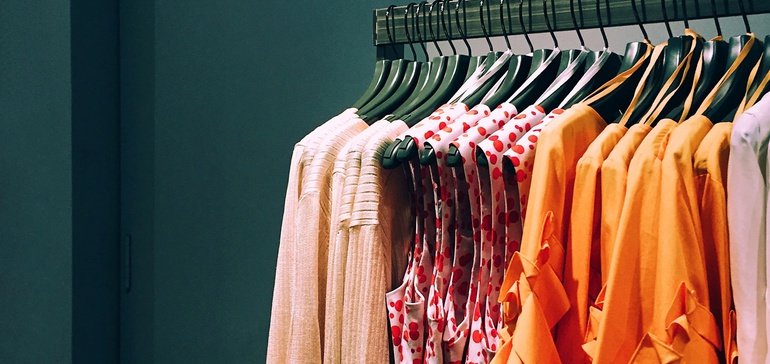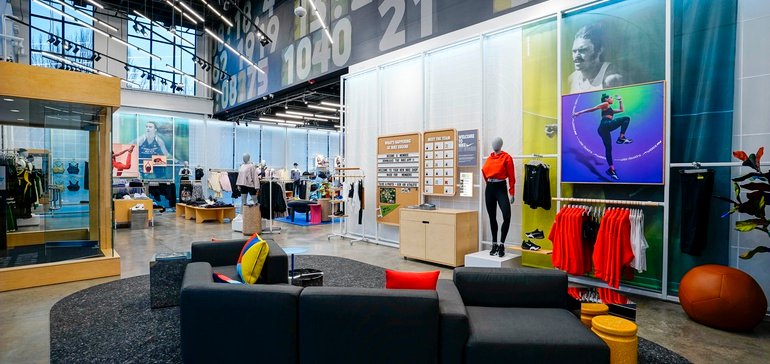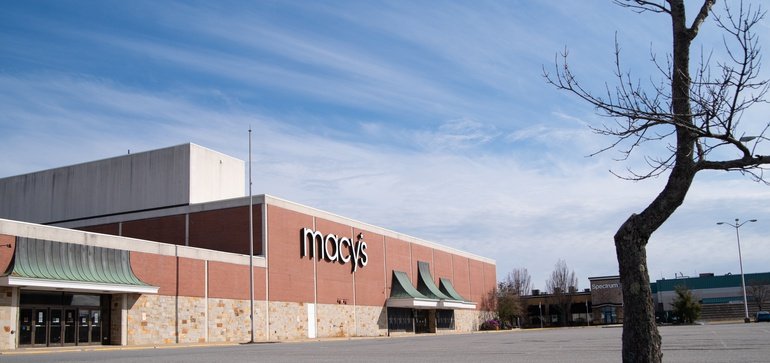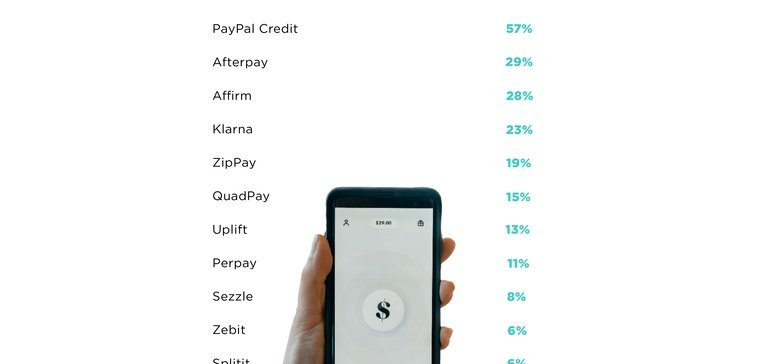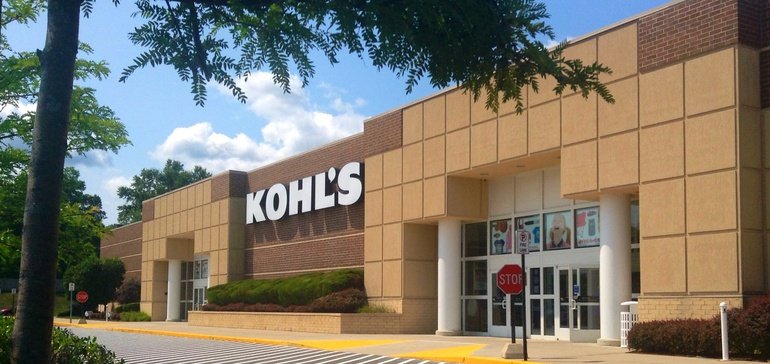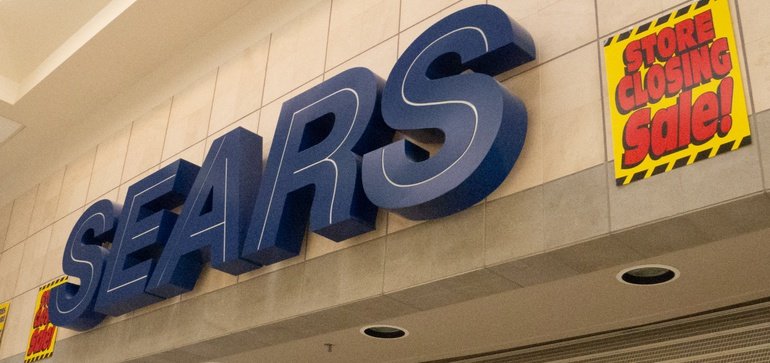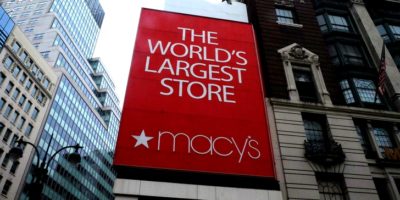Are Sephora and Ulta on a collision course?
Back in 2018, Ulta exec Monica Arnaudo pointed Retail Dive to real estate as one of a few key differentiators between itself and Sephora. Ulta was located predominantly in strip centers, while Sephora could be found mostly at the mall. That, along with a slightly different focus at each retailer in terms of assortment and experiential offerings, made the two less directly competitive.
That may have been the case in 2018, but things have drastically changed since then. Sephora ended its shop-in-shop deal with J.C. Penney in favor of a partnership with Kohl’s — a strip center fixture — and the beauty retailer has been looking beyond the mall for the next wave of its stand-alone locations as well. Initially, Sephora planned to open 100 stores in 2020 that were aimed at off-mall spots, but the pandemic interrupted those plans. In 2021, the company planned 60 to 70 stand-alone Sephora stores in addition to the Kohl’s openings.
Ulta, for its part, doubled down further on its off-mall positioning through a partnership to open Ulta shops within Target stores. The two deals are shifting the battleground for the beauty consumer — and it’s coming to a strip mall parking lot near you.
“There’s this kind of head-on collision happening in real time, but it’s in slow motion,” Steph Wissink, managing director at Jefferies, said.
During Ulta’s great expansion over the past few years, the beauty retailer found the best co-tenants for its business were Target, Kohl’s and T.J. Maxx, according to Wissink. Why? Because they had a lot of foot traffic and not a lot of beauty sales. Now, Target is partnering with Ulta to expand its beauty assortment and Kohl’s is about to have its entire beauty section built out by Sephora.
“The question is: How many of the Kohl’s shoppers who didn’t have access to beauty inside of Kohl’s walked four doors down to the Ulta store in the same strip-center, parked in the same parking lot? How many of the Target customers shopped at that Ulta store? So some of that analytics work is still being done and we don’t know yet what the fallout is going to be,” Wissink said.
Will Ulta’s Target shop-in-shops and Sephora at Kohl’s both steal market share from Ulta’s stand-alone stores? Will Target end up pushing consumers to Ulta? There are many possibilities for how the deals will impact Sephora and Ulta.
“We don’t know yet where the resolution is going to be,” Wissink said. “All we know right now is that it’s all colliding in the strip center. And at the end of the day, who wins? Well, who wins are the brands because the brands now just gained all this incremental distribution — and they get to sit back and watch the battle.”
The new beauty store isn’t a store
There’s only so much growth Ulta and Sephora can achieve by expanding their own physical footprints, according to observers, especially as both are now decades old. At the end of 2020, Ulta already had over 1,200 stores after multiple years of about 100 net openings per year. The retailer has said before that it plans for a final footprint of some 1,500 to 1,700.
In LVMH’s 2020 annual report, the conglomerate talked of further expansion in China and North America for Sephora, but touted the opportunities in the Kohl’s partnership more than Sephora’s own physical strategy. As such, the Kohl’s and Target deals for both beauty retailers represent a new approach to growth in the space — and one that relies on the operations of others.
At their core, both Sephora and Ulta’s deals are about acquiring new customers and better serving current ones. Whereas Sephora’s J.C. Penney partnership was a doubling down on mall locations, Kohl’s offers Sephora a presence outside of its mall-based stores with a different customer demographic than its usual shoppers. For Ulta, the Target deal allows it to reach even more of its core consumer and offer a convenient alternative to shopping at Ulta’s full-line stores.
According to Larissa Jensen, vice president and beauty industry adviser at the NPD Group, the consumer that shops at Ulta and the consumer that shops at Target are “nearly identical.”
“It just fits like a glove,” Jensen said of the partnership.
Kohl’s, on the other hand, has an older shopper demographic than Sephora, which ideally means that Kohl’s would acquire more young shoppers via Sephora and Sephora would acquire more older shoppers thanks to being in Kohl’s. Sephora also has the benefit of being Kohl’s only beauty offering, while Ulta operates in addition to Target’s current beauty assortment. In both cases, however, the beauty specialists are providing their larger deal partners with access to brands they may not have otherwise been able to work with.
“Target didn’t do the deal with Ulta out of desperation, their beauty business is actually quite strong, it still is quite strong. Target was establishing itself as a real desirable location to shop mass beauty,” Wissink said, citing the company’s introduction of brands like E.l.f Cosmetics, Winky Lux and Revolution. Rather, Ulta offers Target the ability to establish itself as a more prestige location as well. “This concept started around well, ‘What if Ulta becomes the broker to the brands?’ So instead of Target having to go and knock on Estée Lauder’s door day after day after day and say, ‘Hey, would you think about doing it with us?’ Instead, we can just partner with Ulta and we can get access to all 50 of these brands at one time.”
The main question mark for Sephora and Ulta is how these partnerships will impact their stand-alone stores, and their competition with each other. If Ulta’s customer count starts declining, it will be cause for concern, but it still likely won’t be clear if it’s Target or Sephora’s Kohl’s stores that are stealing share from Ulta, according to Wissink.
“It’s just really a fight for: Where are you going to find your customers? And this is another avenue.”
Lauren Bitar
Head of Insights at RetailNext
Ulta’s shops in Target are small enough that the beauty retailer might be protected from “supreme cannibalization,” Lauren Bitar, head of insights at RetailNext, said. And Sephora and Ulta have both built up compelling in-store experiences to shield them from customers abandoning their stand-alone stores.
“They’re not going to have their full assortment in those spaces, their footprints are smaller than their full-line store. The other thing is Ulta has hair salons in their stores. You’re not going to necessarily get that in Target obviously,” Jensen said. “So the full store experience versus the store-within-store I think are different enough.”
Both Sephora and Ulta have been careful to integrate their loyalty programs with their new real estate partners as well to ensure they aren’t punishing customers for shopping at the shop-in-shops and are keeping current customers connected to their ecosystem in the process. While there are still risks in pursuing these deals, it guarantees Ulta and Sephora access to the foot traffic Kohl’s and Target drive, and creates space for the impulse purchases their specialty stores don’t get as much of.
“Everyone will say, ‘I went into Target and I went to get like five things and then I spent $100 or $200,'” Bitar said. “Now Ulta can cash in on that and Target’s ability to inspire consumers to do that.”
‘Distribution no longer defines what is prestige or mass’
On a broader scale, Sephora and Ulta’s latest growth strategies are a sign of a changing beauty landscape. Both retailers were disruptors to the traditional department store experience that separated beauty shopping into specific branded kiosks versus allowing customers to easily shop across brands. But now, department stores have begun to recognize their mistakes and make changes accordingly, and even drugstores have made upgrades to try and establish themselves as beauty destinations.
Then there’s the threat from the beauty brands themselves, which, like many others in the retail space, are coming to realize that customers are more than willing to buy products directly from them instead of through an intermediary. All of that puts pressure on Sephora and Ulta to not just continue expanding their core businesses, but also to find new paths to growth.
“Right now, the competition in beauty in general is as crazy as it’s ever been. You’ve even got department stores that are testing out new concepts and really removing that traditional beauty counter type thing, making it more open-sell. So they’re mimicking the Sephora’s and Ulta’s,” Bitar said. “It’s just really a fight for: Where are you going to find your customers? And this is another avenue.”
Macy’s bought Bluemercury in 2015 and has been diversifying its beauty assortment. J.C. Penney introduced a new beauty offering to replace its deal with Sephora, which includes teaming up with beauty startup Thirteen Lune, a Black-founded company focused on promoting beauty brands created by founders of color. And others are testing out tweaks to their current beauty operations to make the experience more compelling.
Nordstrom is one of those, both Jensen and Wissink said. The department store is adding many more brands to its assortment, and Wissink said a remodeled Nordstrom store now has about 65 brands compared to around six before. There were also more service elements and a different feel to a renovated beauty department Jensen visited.
“It was very different and fresh from a department store perspective,” Jensen said of the beauty department at Nordstrom’s New York store. “You can potentially see this template for what the future could look like because it cuts some of the department store ethic while elevating some of these other things — the experience.”
Those kinds of changes are likely to continue apace as the beauty world continues to shift. When department stores designed their beauty departments, there were only a handful of main brands that dominated the industry, but then the distribution of market share went “from 10 mega brands into 200 micro brands,” Wissink said.
“Distribution no longer defines what is prestige or mass anymore and I think that this is only driving that further.”
Larissa Jensen
Vice President and Beauty Industry Adviser for the NPD Group
That’s when the model of Ulta and Sephora began to make more sense than the department store model.
“What they should have done is they should have recognized this was happening, they should have broken down those inherent co-op models and they should have turned those beauty departments into Sephora stores, right?” Wissink said. “But it was very difficult to break those models and they’re just starting to do it now, after all these years.”
In part as a result of department stores’ decline over the past decade, beauty brands have already begun looking beyond those doors for their growth prospects. First that meant selling through Sephora and Ulta, and now by extension it also means getting comfortable selling products through more mass merchant or discount channels.
“The lines have blurred between this whole concept of prestige and mass for a while now. It’s not a concept that’s necessarily new, it’s just very new to the U.S. If you go into Canada, you can go into a Shoppers Drug Mart and buy Chanel, and then in the next aisle over get toilet paper and nobody bats an eyelash,” Jensen said, adding that the U.S. has always had much starker lines between high-end and low-end brands. “Distribution no longer defines what is prestige or mass anymore and I think that this is only driving that further.”
Beauty brands are increasingly open to following their consumer, whether that means selling through Sephora at Kohl’s or prioritizing their own stores and e-commerce to connect with shoppers. Wissink estimates in general that DTC companies are selling about 70% through their own channels and 30% through retailers, and the reverse is true of traditional retailers. Both are moving toward the middle as the benefits of a hybrid strategy lure companies to diversify.
For beauty retailers, that could be a threat moving forward, especially when conglomerates like Estée Lauder can sell “half as much volume and get to the same revenue” by selling DTC, Wissink said. If they start taking more advantage of that direct relationship with shoppers, it could spell trouble for Sephora and Ulta, as well as department stores, and it could further change the calculus on who succeeds in beauty moving forward.
“When are we going to know? I think it’s going to be a couple of years before we know,” Wissink said of who will be the winners and losers of Sephora and Ulta’s recent partnerships. “[Brands selling DTC] inserts another dynamic into this whole equation, which is: she makes her first purchase at Ulta at Target, she decides she likes the product. What prevents her from going to Esteelauder.com, Clinique.com, Tarte.com, Pattern.com and becoming a .com customer of that product? … The most profitable purchase in beauty is the repeat purchase, not the initial purchase.”
Follow
Cara Salpini
on

